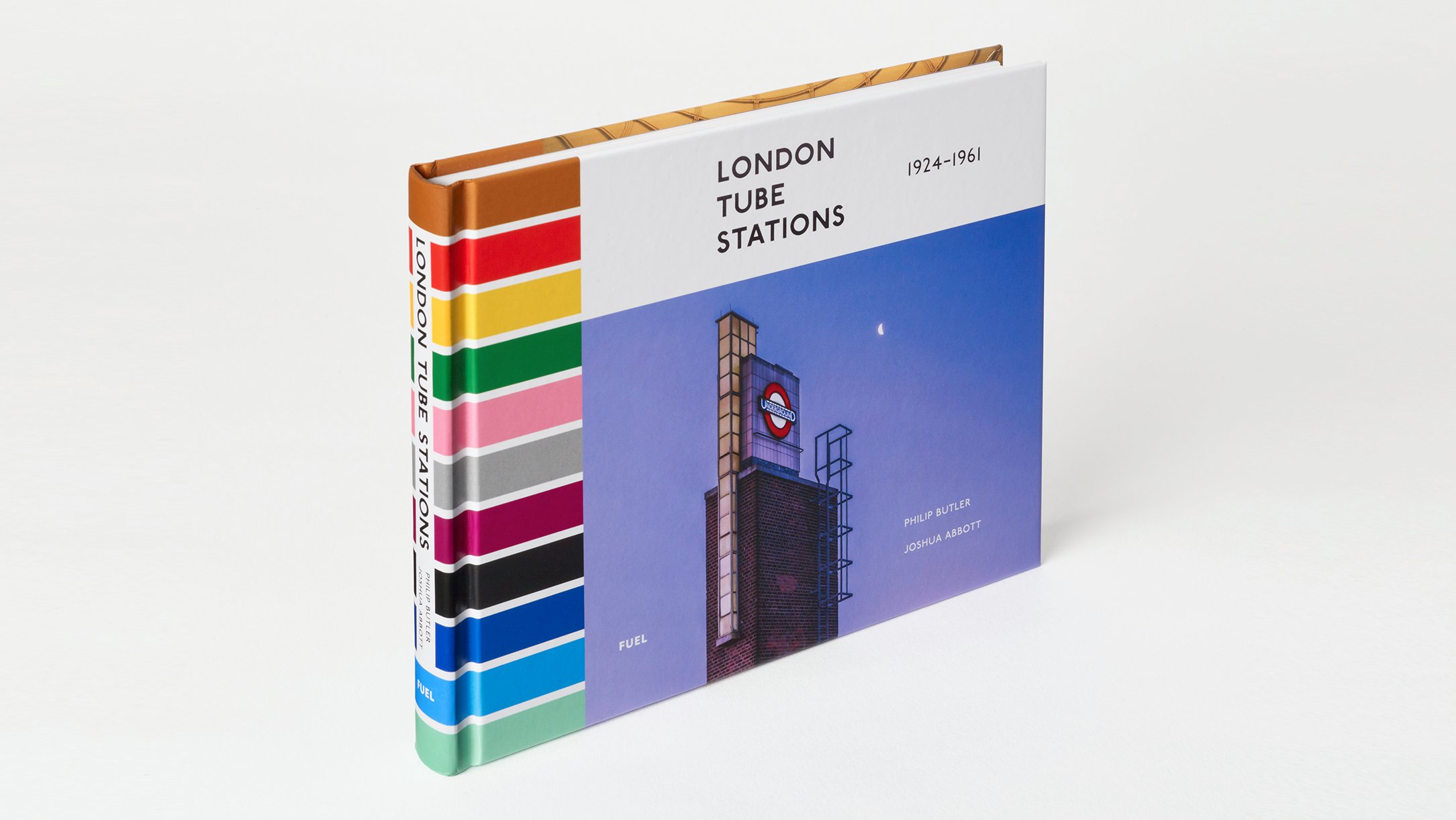
From the 1920s to the 1960s, London Underground led the world in industrial design, branding, architectural coherence and, last but not least, threading an efficient urban mass transit system beneath an ancient, disjointed and geographically diverse city.
‘London Tube Stations 1924-1961’
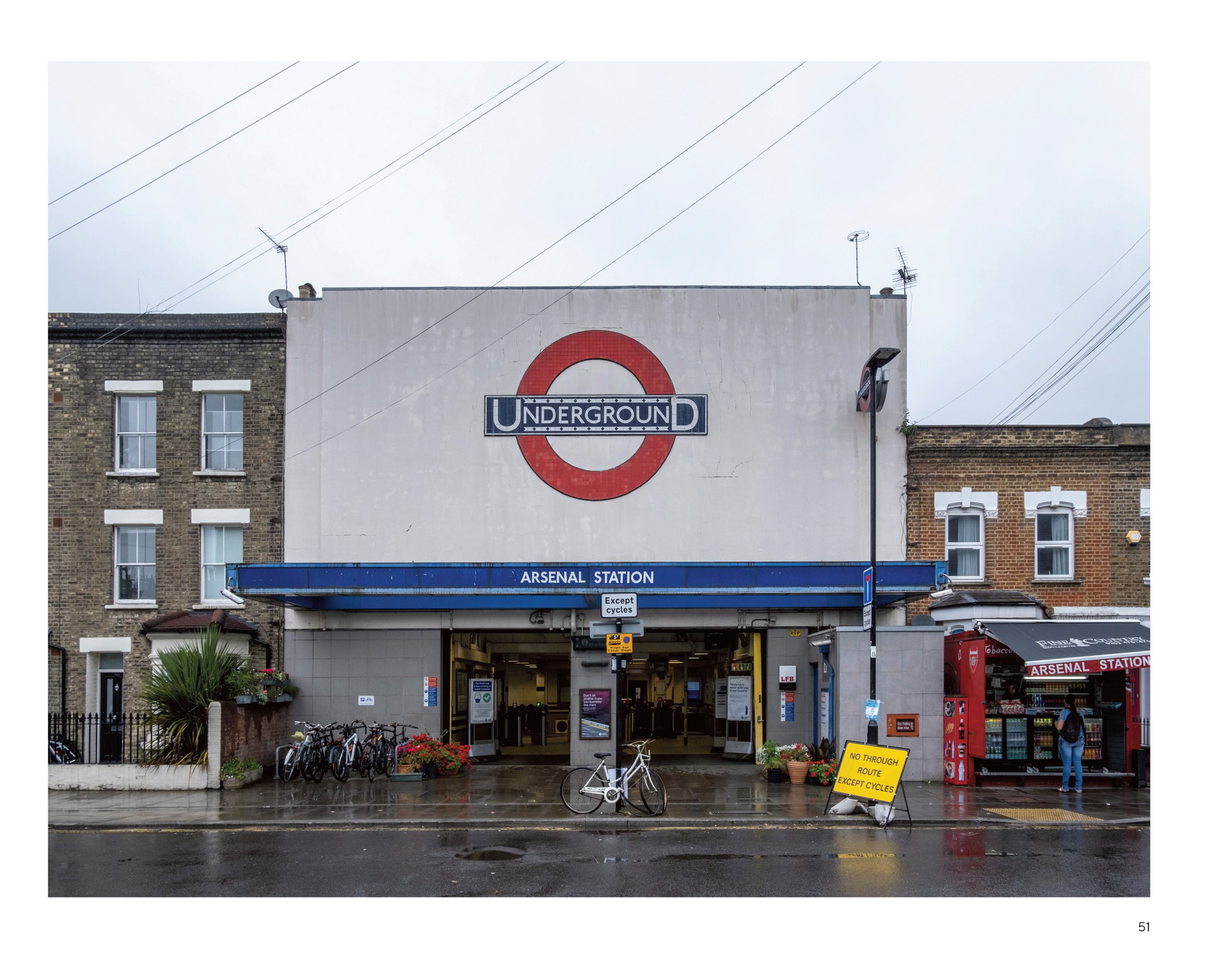
London Tube Stations 1924-1961 is a visual chronicle of these years, focusing on the remarkable output and legacy of architect Charles Henry Holden. From Arts and Crafts-influenced beginnings, through to experience of designing severe and reverential war memorials, Holden was a gifted architect. In 1923 he met Frank Pick, who had worked his way up from a publicity officer at the Underground Electric Railways Company of London (UERL) to managing director.
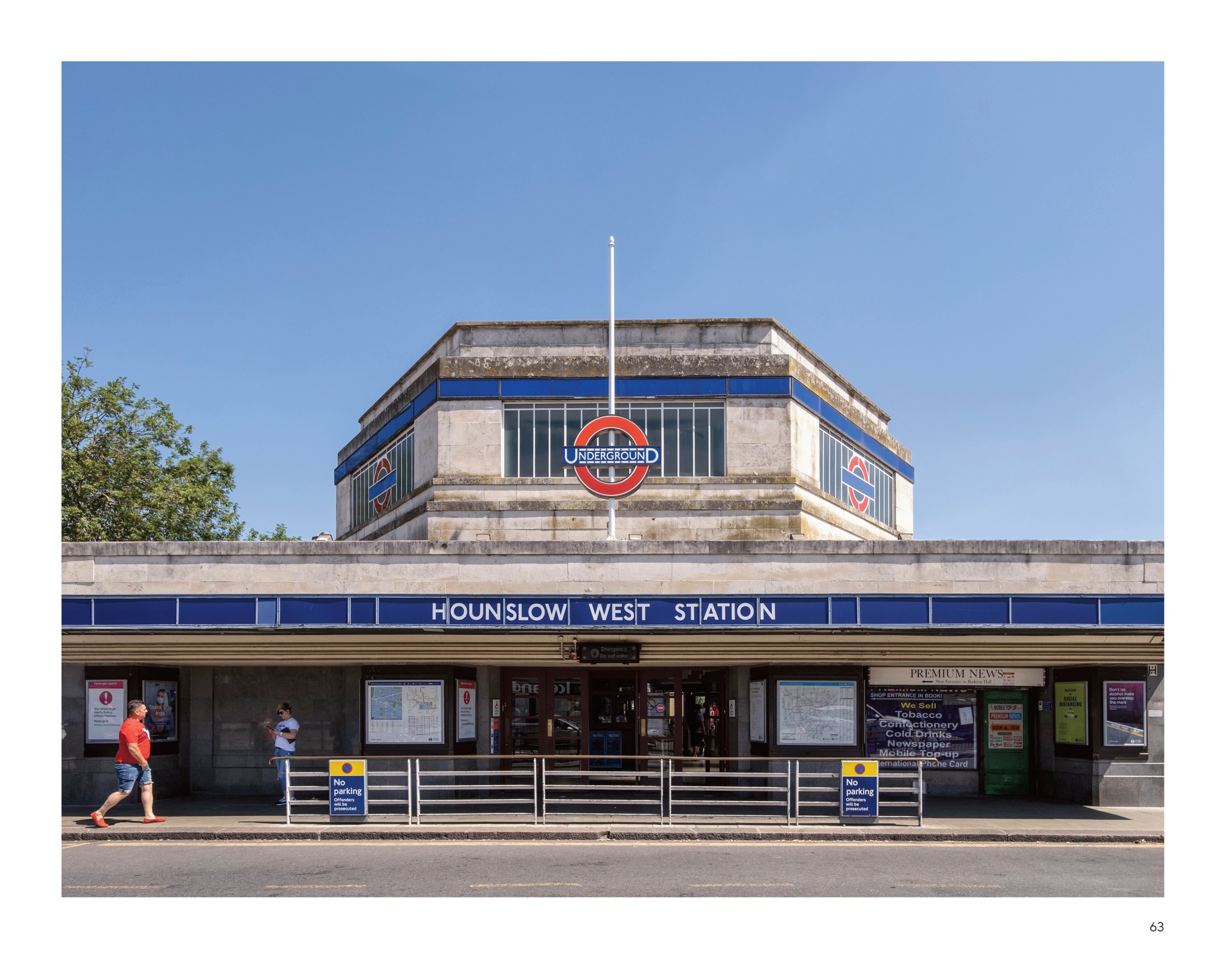
Pick was a firm believer in the power of image and advertising. Under his watch, UERL became London Underground, together with its famous roundel symbol, with a bespoke typeface commissioned from Edward Johnston, and, in 1931, Harry Beck’s iconic tube map.
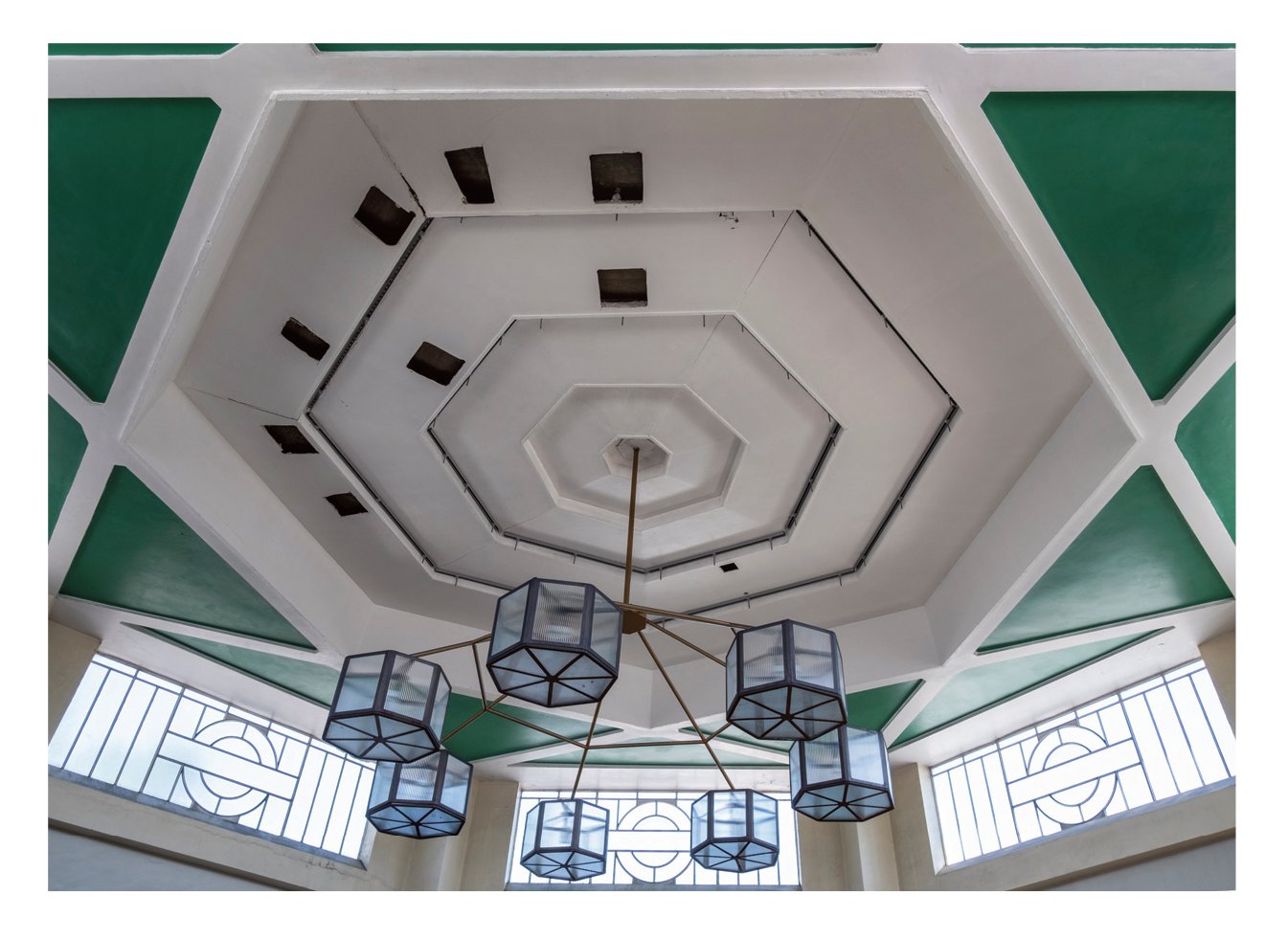
Holden and Pick’s collaboration was a fertile meeting of minds. Extensions to the Northern Line and Piccadilly Line required new stations, often standalone structures that had to advertise their presence far and wide in the midst of shiny new suburbs, as well as provide interchange with buses. Holden’s designs synthesised the clean lines and expressive forms of the nascent Modern Movement with the English vernacular tradition. The two men even toured northern Europe in 1930 to explore the Bauhaus-era aesthetic for themselves.
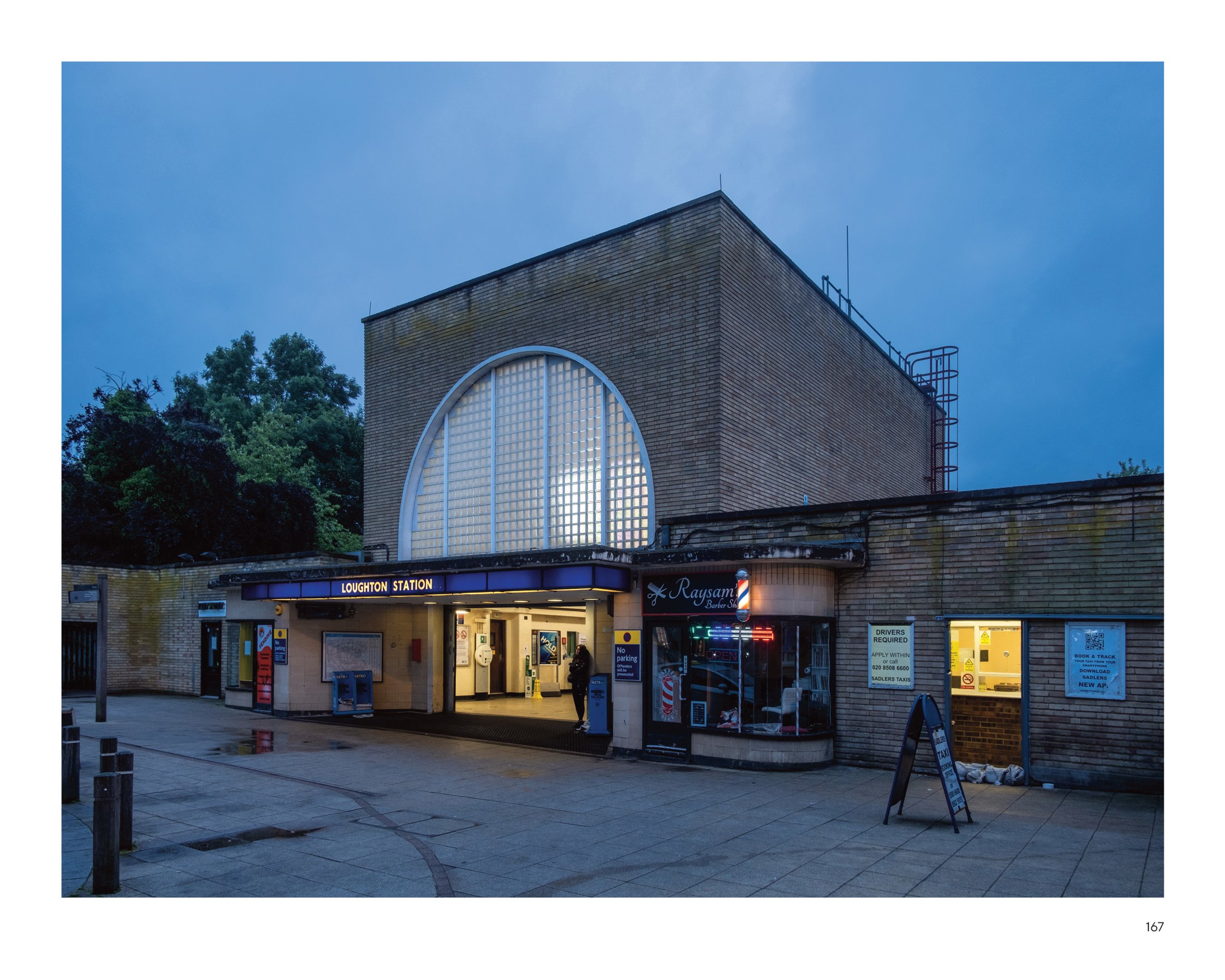
True to the spirit of design evangelism, Pick described the process of station building as akin to the long-drawn-out construction of a cathedral, or ‘Medieval Modernism’. The stations have certainly endured, along with the designs inspired by Holden. This monograph, written by Joshua Abbott with new photography by Philip Butler, alongside archive images, chronicles a collaboration that still defines London’s contemporary streetscape.
London Tube Stations 1924-1961, Philip Butler and Joshua Abbott, FUEL publishers, £24.95, Fuel-Design.com
Also available from waterstones.com and amazon.co.uk







